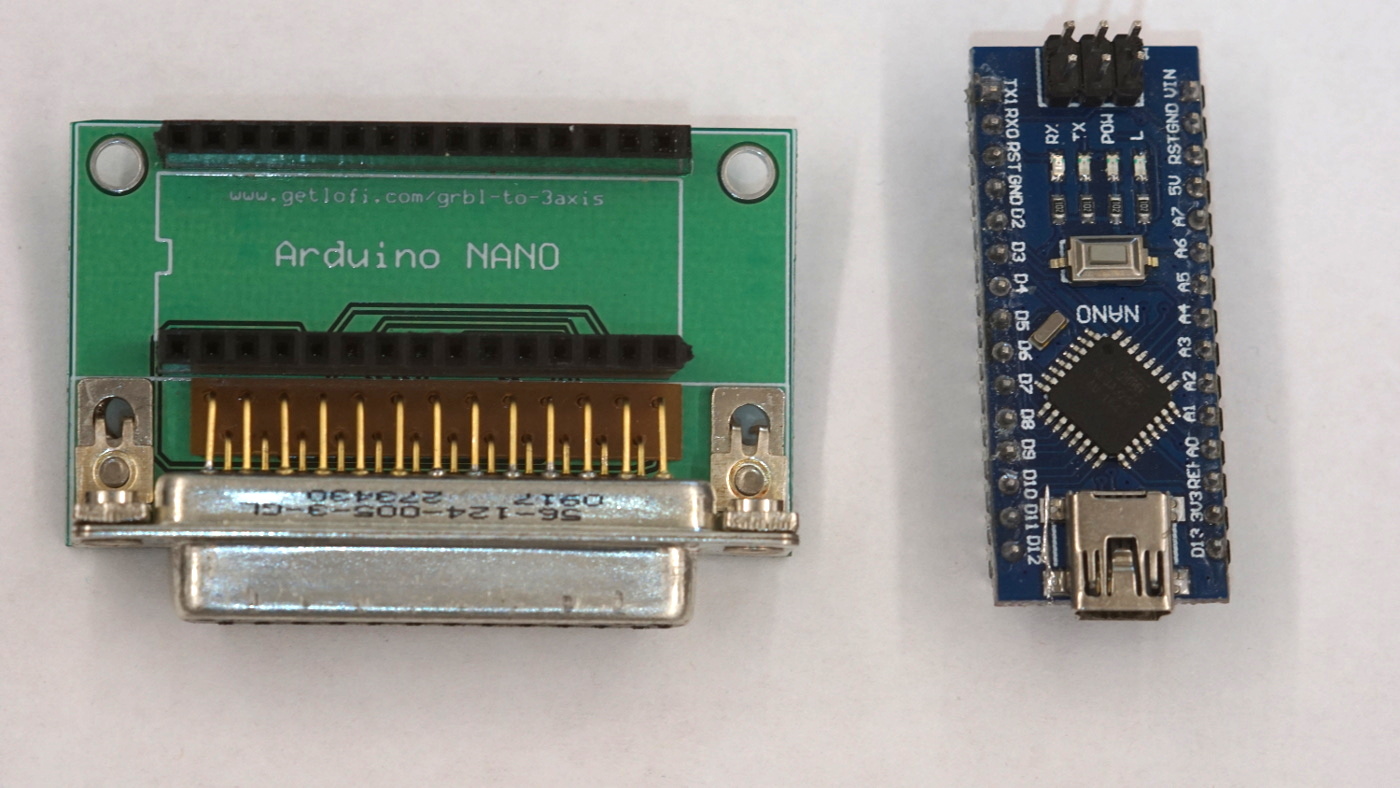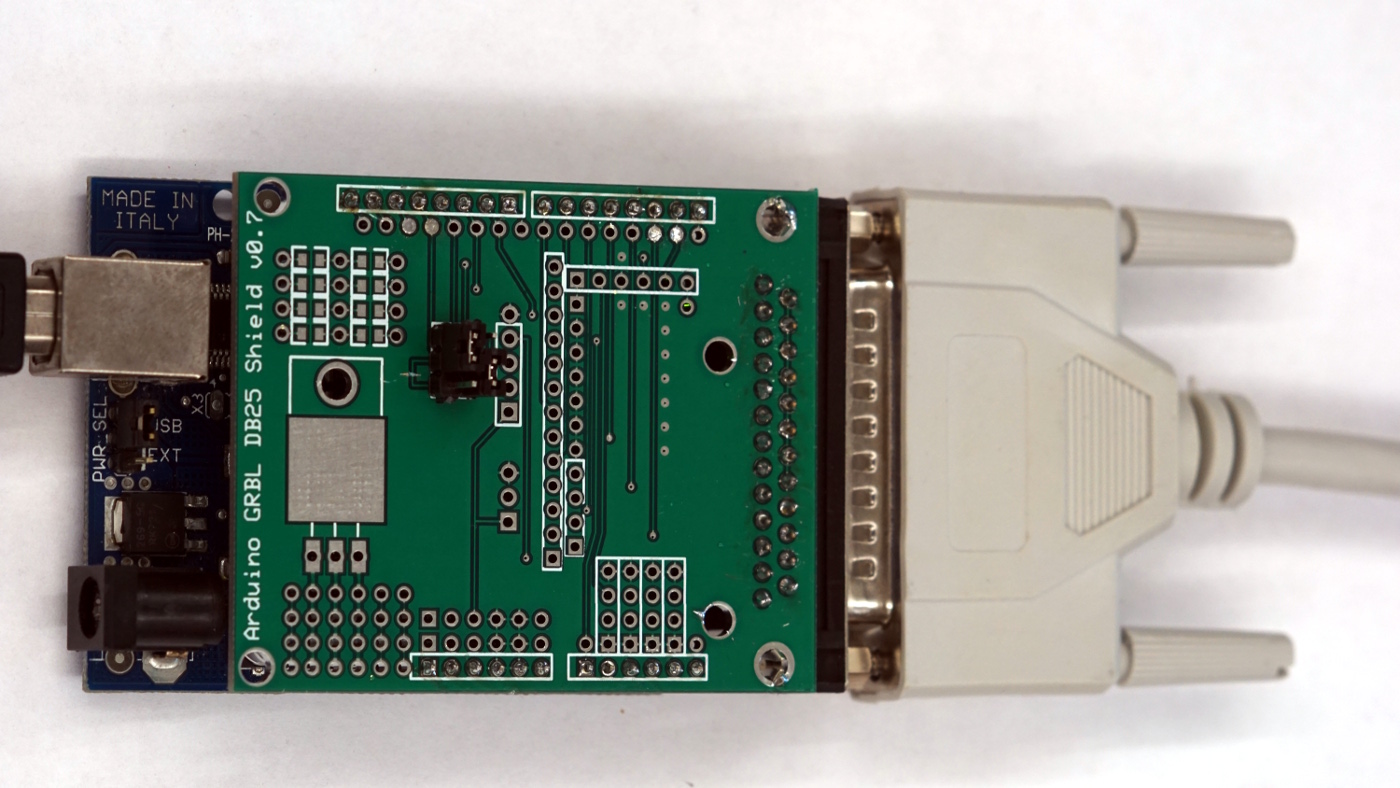That MSEE that I was going to finish in 2011, 2013, and 2015? I blew a couple months in the last year to get all the ducks in a row and actually collected it before the credits expired. Huge thanks to Dr. Aaron Cramer, the current DGS for UK’s ECE department who went to great lengths to deal with the bureaucratic issues my lackadaisical attitude about credentials created.
Thesis is “A Compiler Target Model for Line Associative Registers” document and defense slides with notes linked.
The LARs design is fundamentally interesting, but the compilation work the MS is based on is not my favorite work I’ve done. The core initial assumption (that LAR allocation and register allocation were more-or-less the same problem) turned out to be very, very wrong, and the implications of that wrong assumption turned out to be far reaching, turning a 2-year MS into a decade-long ramble. It’s not as depressing as I thought it would be when I tried to finish in 2015 (and was blocked by bureaucratic fuckery) because I did eventually determine that LARs aren’t subject to the “you can’t statically schedule around dynamic memory behavior” thing that doomed VLIWs, and in fact LAR allocation can be done greedily in ways that register allocation cannot.
The thesis is more or less assembled from three false starts plus the final effort; my initial research start with the wrong assumptions, my “oh, we’re wrong, but it’s OK” pass, and my “oh shit, we’re screwed, this won’t work and there his historical evidence to show it” pass, plus the final “I’ve figured out how this is tractable and possibly even desirable, but I’m out of time and fucks, so here’s the rough solution” pass.
I formatted the thesis in LaTeX (of course), using the ukthesis.cls class I found on the UK Math site that Eric Stokes, a former student, made a decade and change ago since UK is too chickenshit to provide a valid one of their own. I did have to hack it a little bit, turn off some features, tweak the front matter, etc. to make it acceptable to the graduate school, and update a few things (eg. adjusted to use biber for references). There are a few things in the document that should be in the class, and things in the class that should be in the document, but the easy-to-fix stuff is fixed. Minimal example pulled from the accepted version with makefile and such here to save future students the extra annoyance.
The presentation is in beamer using the Owl theme, which was a delightful recent discovery – someone has made a beamer color scheme with a dark background and colors that actually look good on a projector. I (much to one of my committee member’s disappointment) went with the bullets-to-keep-me-on-track-while-I-talk style slides instead of my usual “amusing semi-relevant pictures to key off of” scheme.
It’s nice to be done and only have one, significantly less depressing, long-term academic project people are grumpy about my progress on.










